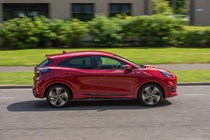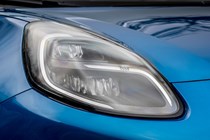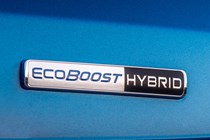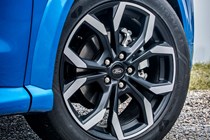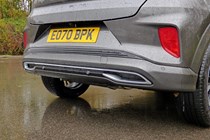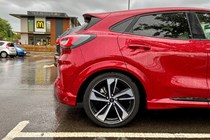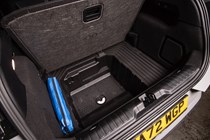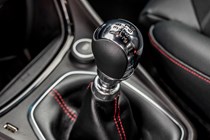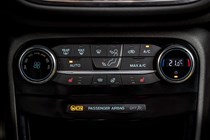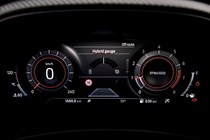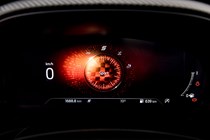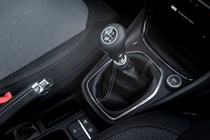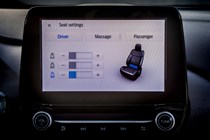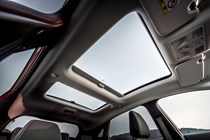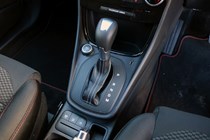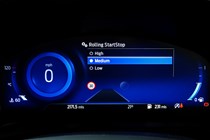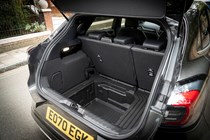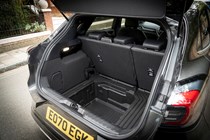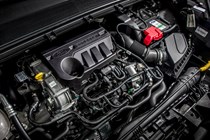Ford Puma running costs and reliability
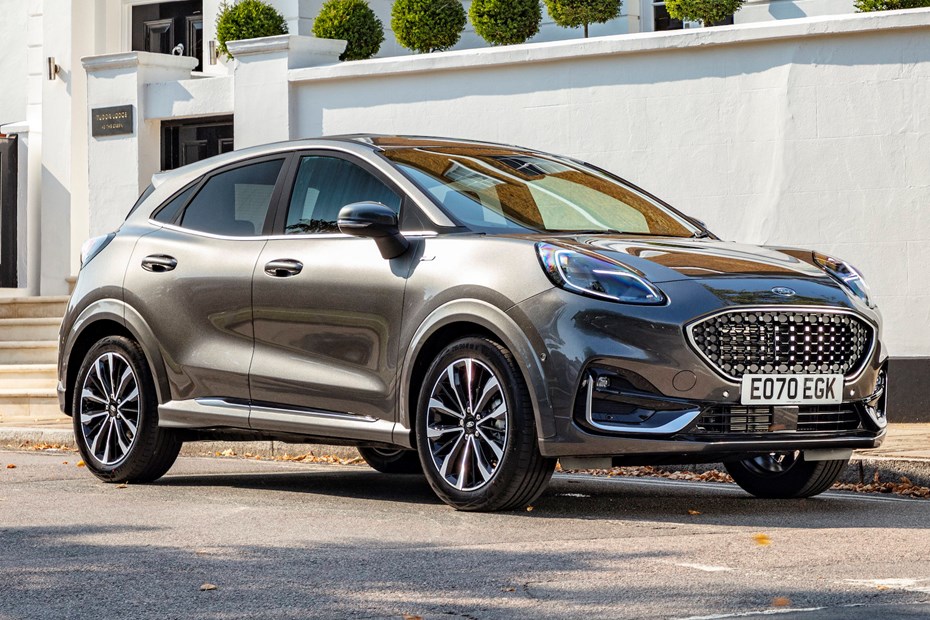
Miles per pound (mpp) ⓘ
| Petrol engines | 6.6 - 7.7 mpp |
|---|
Fuel economy ⓘ
| Petrol engines | 44.8 - 52.3 mpg |
|---|
- Great fuel efficiency across the range
- Small displacement petrols assisted by mild hybrid tech
- No diesel or plug-in hybrid models, but an EV is coming
What are the running costs?
The Ford Puma is a very affordable car to run, thanks to its tiny 1.0-litre petrol engines and mild hybrid technology. The most economical engine on paper is the manual-equipped 125hp model, which has an official WLTP fuel economy figure of up to 52.3mpg. However, because the more potent 155hp model uses the same basic engine, it posts an official figure of 51.4mpg.
In other words, there’s no huge penalty in opting for the more powerful engine. In fact, in our experience, the 155hp engine can be more efficient than the 125hp model in the real world as it doesn’t need to be worked as hard to get up to speed. We averaged close to 42mpg even when we were testing its performance, which is very impressive.
If you value fuel economy, don’t opt for the automatic gearbox. It carves chunks out of the Puma’s official figures, dropping them as low as 48.7mpg. Couple that with how fun the standard manual gearbox is to drive, and you’re left with little incentive to spend the extra cash on the automatic.
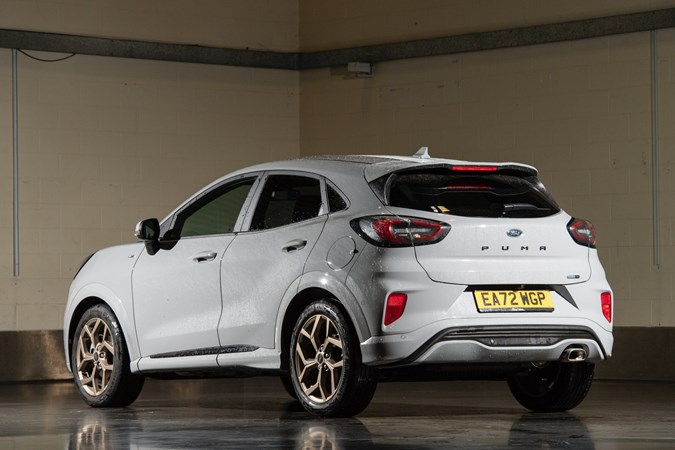
Rather confusingly, Ford badges the technology a mHEV – and every version of the Puma has an ‘EcoBoost Hybrid’ badge fixed to its tailgate, which is a little misleading for drivers new to hybrid vehicles. Don’t be fooled. The Puma doesn’t offer the same electric capability as a full hybrid SUV such as the Toyota Yaris Cross or Kia Niro Hybrid, as it can’t operate on EV power alone.
Ford is looking to expand the Puma’s line-up, though. In 2024, the company will launch a pure electric version of the car, powered by the same motor and battery pack found under the Ford E-Transit Courier van. If you like the Puma but want an EV, it might be worth holding out for that. You can learn more about the car on our sister site, CAR magazine.
Servicing and warranty
Ford offers a choice of two or four-year servicing packages with the Puma, which covers the cost of all the car’s routine service work (such as oil and filter changes, spark plugs, brake fluid and labour). The package will also provide a courtesy car for up to seven days if Ford’s technicians can’t complete the work on your car within 24 hours. You can pay for the packages monthly or upfront.
Ford’s warranty package is a little less generous. The Puma comes with a three-year/60,000-mile warranty as standard, which looks poor when compared to the seven-year package offered with the Kia Niro Hybrid, or the 10-year deal sold with the Toyota Yaris Cross.
Reliability
- Proven technology should be dependable
- Five recalls relating to various components
- Build quality seems sturdy enough, though
The Puma’s underpinnings were recycled from the Fiesta – and that proved itself to be a dependable little car during its time on sale. So far, the Puma has followed the Fiesta’s clean record. Posts in owner reviews section haven’t reported any major mechanical failures yet, and we’ve covered thousands of miles in various specs of Puma without incident.
The Puma has been on sale since 2019 and, in that time, there have been five recalls relating to varying mechanical and electric components. The most serious faults related to the car’s engine oil separator, emergency call function and hybrid battery connections – but Ford has already contacted the owners of the affected vehicles to have the faults corrected. Happily, there have been no recalls issued for Pumas built in 2023.
Ongoing running costs
| Road tax | £190 |
|---|---|
| Insurance group | 11 - 21 |
Get an insurance quote with

|
|























